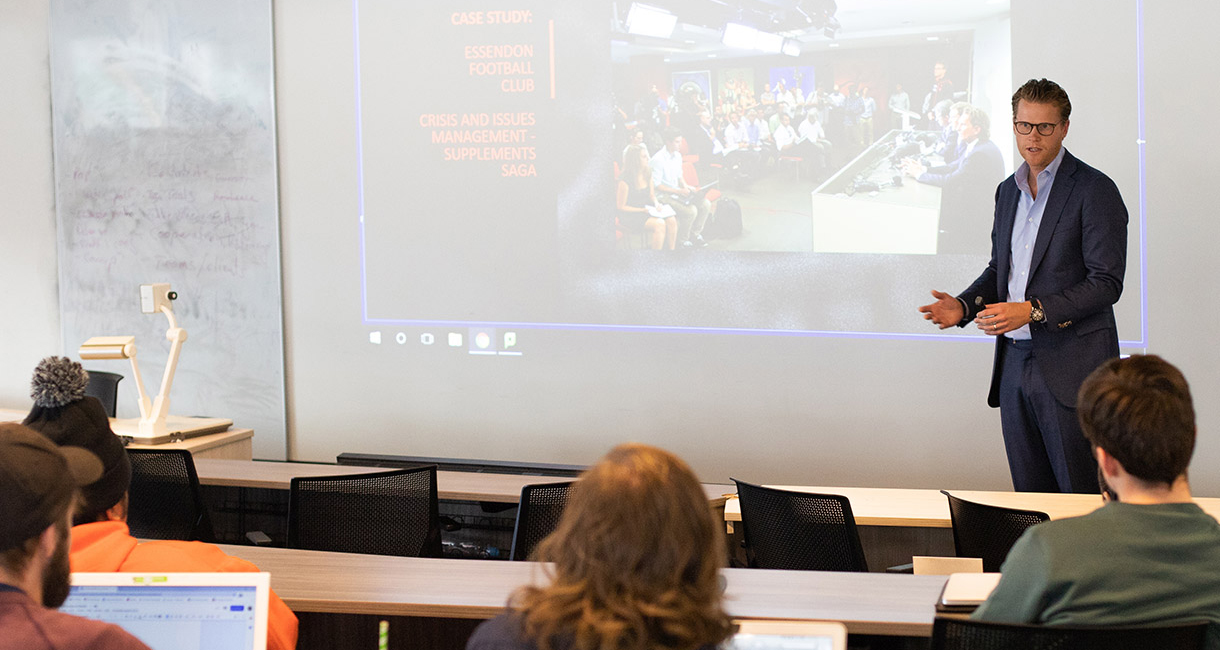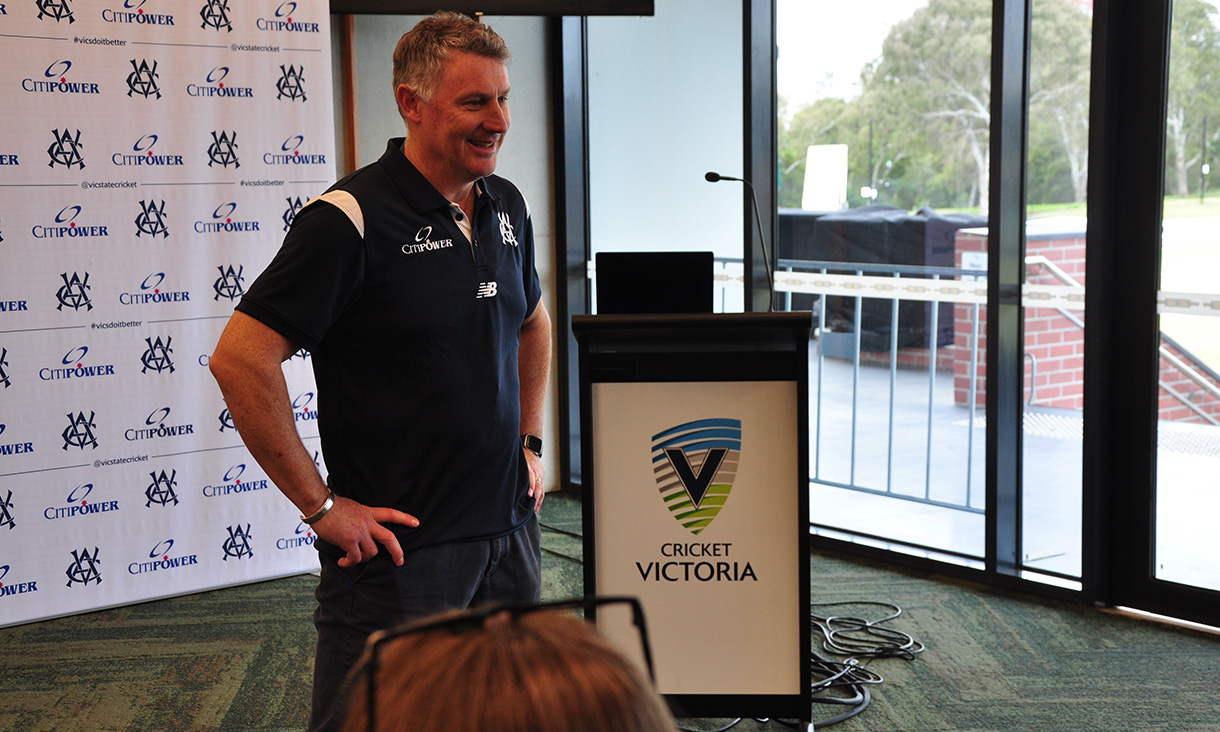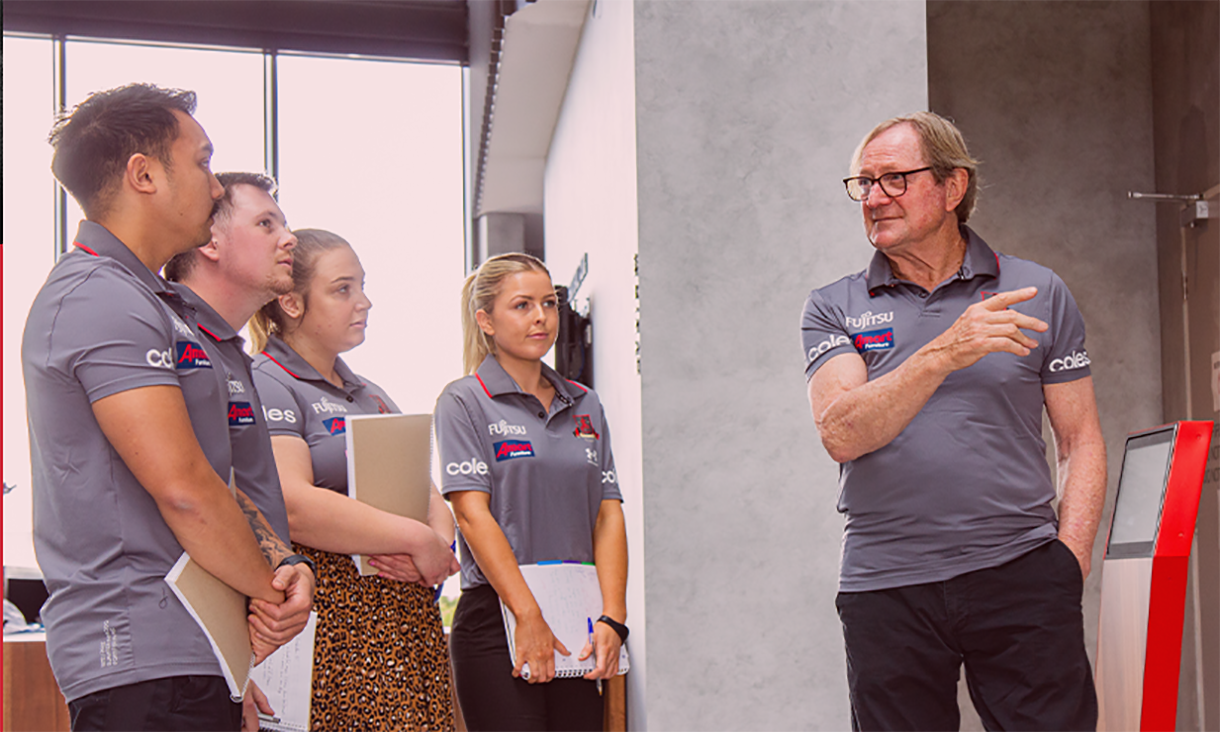1. The media industry is integral to the AFL
Sixty-five cents from every dollar of revenue in the AFL industry comes from media. A large part of this includes broadcast rights from TV networks Seven and Fox Sports, as well as Digital Rights, with Telstra
The media, including traditional mainstream media like print, tv and radio, remains a really important AFL partner – without it, the game wouldn’t receive the exposure it currently enjoys and the revenue wouldn’t be there to underpin the industry.
However digital media has become increasingly important over the past decade, especially Twitter from a news perspective, which has evolved into a go-to source for breaking news.
2. We all love to be outraged (and will find something to be outraged about)
A key part of the news cycle revolves around opinion and outrage.
It’s important to be aware of what’s in the public interest versus what the public is interested in.
Clickbait content – for example, listicles (like the one you’re reading) – drive consumption and eyeballs, which in turn fuels commercial value and outcomes.
There has also been a shift in traditional journalism standards, and as a result, the personal identity and brand of the journalist has been elevated. Five to 10 years ago, the back page of a newspaper would always be a factual news story – these days it’s more likely to be an editorial from a journalist or ‘opinionist’ who will create debate, divide public opinion and ultimately take the story and the conversation to digital and social media channels, driving consumption and eyeballs.
3. In a constantly developing media landscape, multi-platform delivery is essential
In our modern lives, we are always pressed for time. We want everything on demand, fast and easy, and we want it now.
With more than 1800 accredited media journalists in the AFL, traditional media is still a key player. But eyeballs are increasingly shifting towards digital assets, and a large focus for AFL clubs is now club-owned channels, including mobile apps and websites.
Multiple platforms with tailored messaging and content ensure relevancy in a fragmented media landscape.
4. Be aware of the power of social media
Social media provides many opportunities, but also many pitfalls.
Digital platforms, like Twitter, enable fans themselves to become journalists in their own right, but online discussions can quickly turn toxic and lead to harassment and bullying.
This was recently the case with Taylah Harris, who was targeted by trolls after a photo of her was posted online by Channel 7.
Digital media requires 24/7 management – and we need to remember we’re all accountable and under scrutiny.
5. Always try to understand the facts (and communicate them)
Rodski knows firsthand the importance of truth and facts, from his experience working at Essendon Football Club during the supplements saga, a doping controversy which occurred during the early and mid-2010s.
He said it was the Club’s strong focus on communication to its key stakeholders, including its members, that helped the Club navigate through this challenging period and avoid having their most loyal constituents turning against them.
During crises like these, it’s important to have all the information available, rather than relying on various versions of the truth, which is when problems can arise.
The greatest challenge is to ensure consistent, accurate and honest communication.
Story: Jasmijn van Houten





